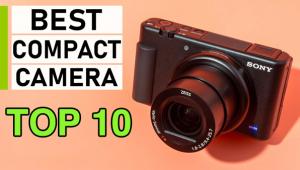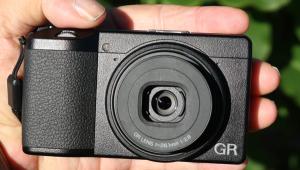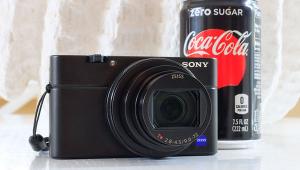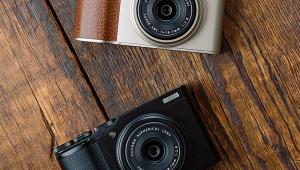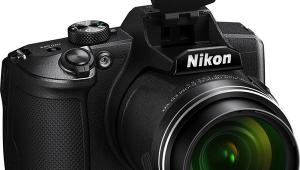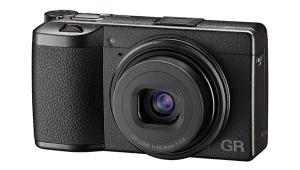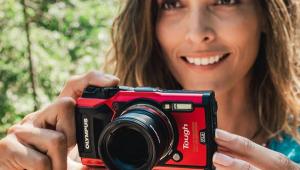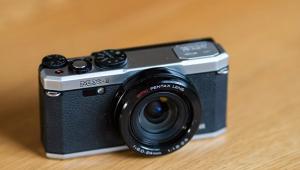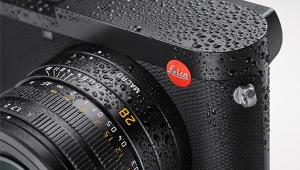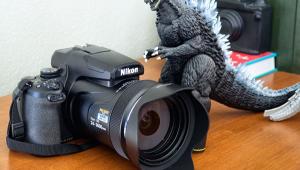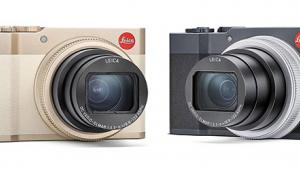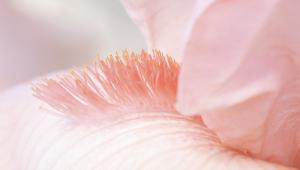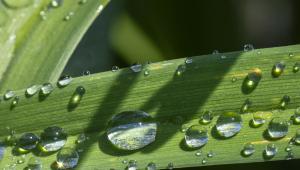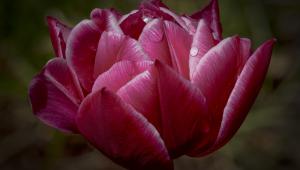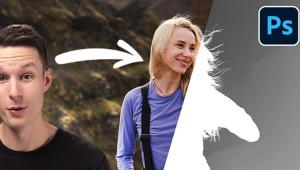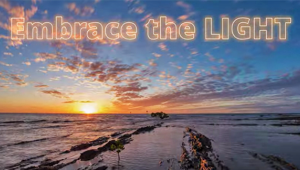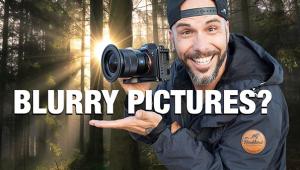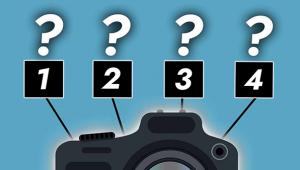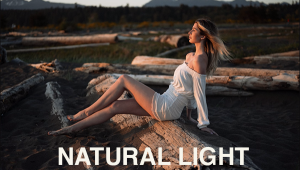Casio’s EXILIM Pro EX-F1; Digital Still Or Video Camera? Page 2
The EXILIM Pro EX-F1's shiftable Anti-Shake CMOS makes it possible to shoot blur-free images even when shooting at slower shutter speeds and the longest 432mm (equivalent) end of the non-interchangeable lens. BS mode offers something called Digital Anti-Shake that automatically captures multiple images and combines them into a single file to correct shaken not stirred photographs. This cool feature works surprisingly well. The big 2.8" monitor makes it easy to see captured images and you can use the oh-so-point-and-shoot zoom control located around the shutter release control to zoom into images displayed on the screen. Sadly, the 959x240 LCD screen's resolution, while adequate, doesn't deliver the kind of crisp images that other similarly priced cameras deliver.
 |
|
|
Image quality is acceptable for a 6-megapixel camera and far superior to the .25-megapixel QV-10 I tested so long ago, but the Pro EX-F1's small chip (less than a 1/2" wide) means noise can become an issue even at ISO 400, although not objectionably so. It's still there, though, and if you plan to shoot under low light at ISO 1600 be prepared for fine, multicolored noise in the image file. Under static low-light conditions a better choice would be to use BS mode's Digital Anti-Shake that automatically sets the ISO to 400 but creates sharper, less noisy images. Clearly the Pro EX-F1 is a sunny day camera.
 |
|
|
In addition to JPEG, the Pro EX-F1 is one of the few cameras that captures raw files using Adobe's DNG (Digital Negative) format. Since Casio only includes Windows software with the camera, Mac OS users will have to use Adobe Camera Raw that's part of Adobe's Photoshop as well as the inexpensive Photoshop Elements to deal with these image files. ArcSoft's cross-platform PhotoStudio Darkroom is another $99 alternative, but thrifty Mac users will be glad to know that the free iPhoto bundled with your computer reads these files, too.
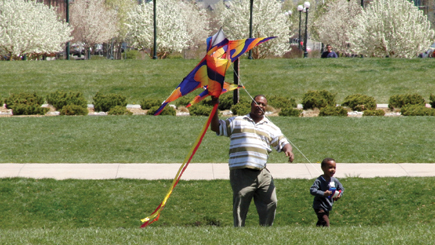 |
|
|
While I'm guessing that nobody at Casio checked to see if the Pro EX-F1 had infrared capture capabilities, you know that your friends at Shutterbug would do it and you'll be further gratified (if you care about this stuff) to learn that it has some IR capabilities when used with the appropriate filter. The front of the lens accepts 62mm filters and, for the example that appears here, I used a Cokin 007, holding the filter in front of the lens with my fingers. Because you'll need to remove the lens hood to hold the filter, there's a possibility of flare and reflections, but I experienced few of those problems that couldn't be solved with Photoshop's Clone Stamp tool.
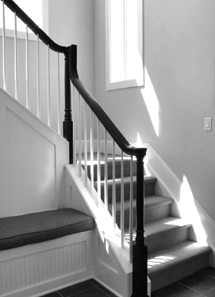 |
 |
|
|
||
According to my postal scale, the 6-megapixel Pro EX-F1 weighs 17/8 lbs (including battery and strap) and a 10-megapixel Olympus E-420 weighs 15/8 lbs with battery, strap, and a 40-150mm (80-300mm equivalent) lens attached. The Pro EX-F1 costs almost $1000 and the Olympus is only $600 with a 14-42mm lens. The 40-150mm f/4.0-5.6 zoom lens adds $199. But will the E-420 capture 60 shots in a second? Nope. The 11-megapixel Fuji FinePix S100FS, an EVF camera I tested recently for a forthcoming review in these pages, costs $799.95 and produces higher quality images than the Pro EX-F1. But will it capture 60 frames in a second?
Fat chance.
 |
|
|
And therein lies the tale. The Pro EX-F1 is a niche camera that does what it does better than anything else. It can capture that decisive moment at 60 fps and can record high-quality HD video clips. If that's what you want--or need--nobody does it better.
Technical Specifications
Lens: 12 elements in nine groups, including aspherical element
Focal Length: 7.3-87.6mm (approx. 36-432mm equivalent); 12x optical zoom, 4x digital zoom
Autofocus: Approx. 15.75" to infinity (W)
Macro: Approx. 1.97" to 19.69" (W)
Metering: Multi-pattern, center-weighted, spot by imaging element
Control: Program AE, Aperture Priority AE, Shutter Speed Priority AE, Manual Exposure
Exposure Compensation: -2EV to +2EV by 1/3 EV step
Recording Media: SDHC, SD, MMC (MultiMediaCard), MMCplus
Sensitivity: Still Images--Auto, ISO 100, 200, 400, 800, 1600; Movies--Auto (Hi-Speed Movie when Manual Exposure Mode: ISO 100, 200, 400, 800, 1600)
Input/Output: USB/AV port, HDMI output (Mini), hot shoe, external microphone jack
Dimensions: 5.03x3.13x5.12"
Weight: 23.67 oz (excluding battery and accessories)
Price: $999.95
For more information, contact Casio America, Inc., 570 Mount Pleasant Ave., Dover, NJ 07801; (800) 706-2534; www.casio.com.
- Log in or register to post comments


